Hazard Mitigation Plans
Dr. Harris and the Geoinformatics and Disaster Science (GADS) Lab at East Tennessee State University worked together with the state of Tennessee to develop the 2023 State of Tennessee Standard State Hazard Mitigation Plan. Dr. Harris and the GADS Lab created, developed, and wrote the Risk Assessment and Vulnerability portion of the plan including completing all models and maps with Hazus models for all the counties in the state of Tennessee.
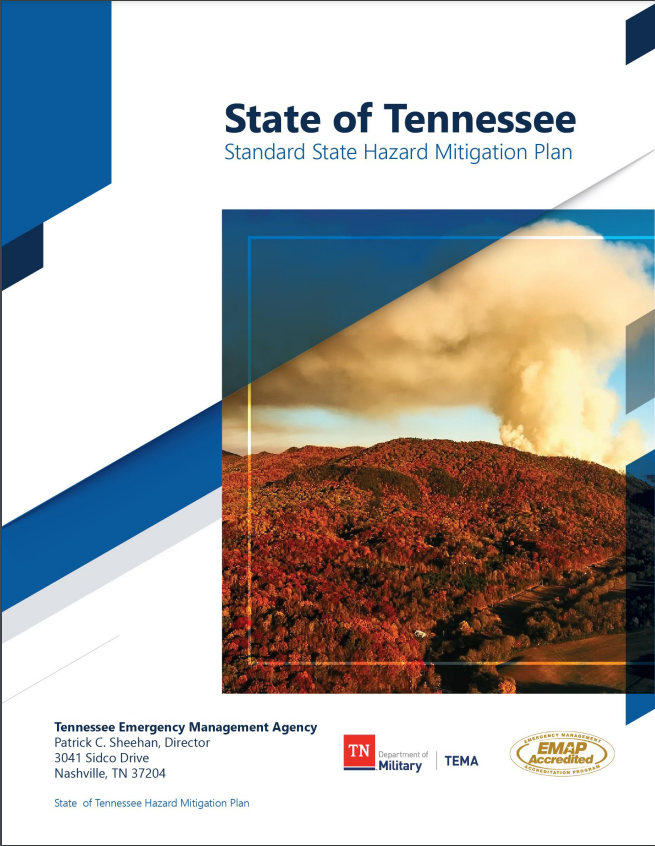
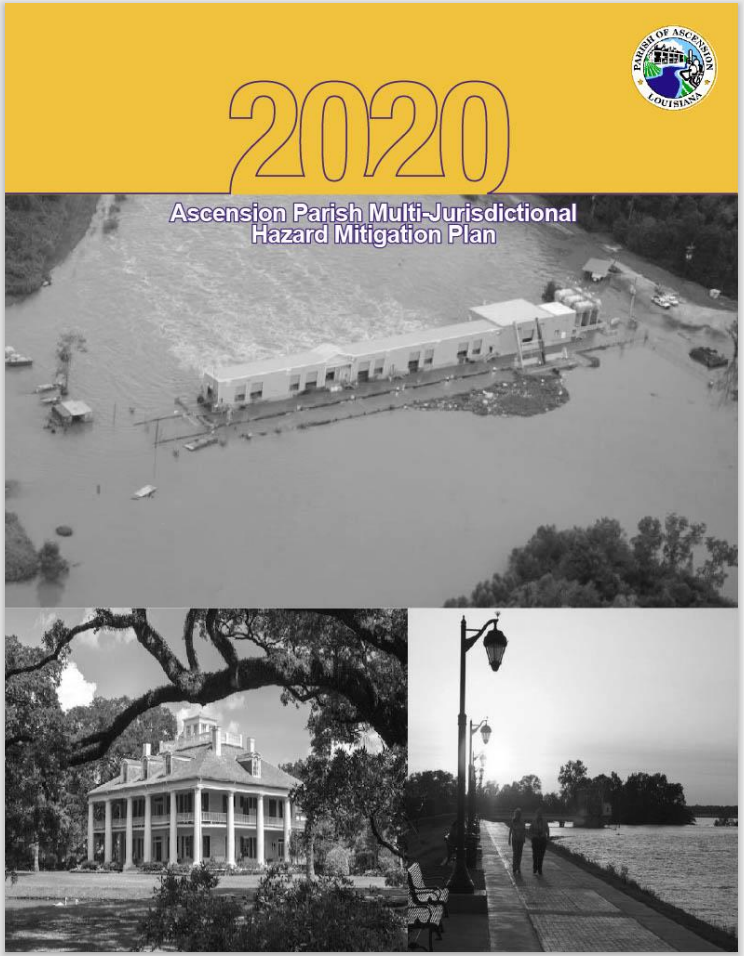
Dr. Harris and the Stephenson Disaster Management Institute (SDMI) at Louisiana State University began a multi-year project in 2020 to update parish plans which have begun to expire from the initial update project. This project has been broken down into phases with Phase 1 including Ascension, Beauregard, Cameron, Iberia, Lafourche, Plaquemines, St. Bernard, St. Helena, St. Tammany, and Vermilion Parishes. Phase 2 includes Assumption, Lafayette, Livingston, West Carroll, Washington, Rapides, LaSalle, West Baton Rouge, St. John the Baptist, St. James, Webster, Catahoula, East Carroll, Franklin, and Vernon Parishes. Phase 3 is set to begin in June of 2022 with Richland, Bossier, Point Coupee, Lincoln, Caldwell, Morehouse, and East Baton Rouge Parishes.
Dr. Harris and the Geoinformatics and Disaster Science (GADS) Lab at East Tennessee State University worked together with Sevier County to develop the 2020 Sevier County Multi-Jurisdiction Hazard Mitigation Plan Update following the deadly 2016 wildfires. The plan was funded by a $135,000 grant from the Federal Emergency Management Agency (FEMA), and it encompassed Sevier County, Gatlinburg, Sevierville, and Pigeon Forge.
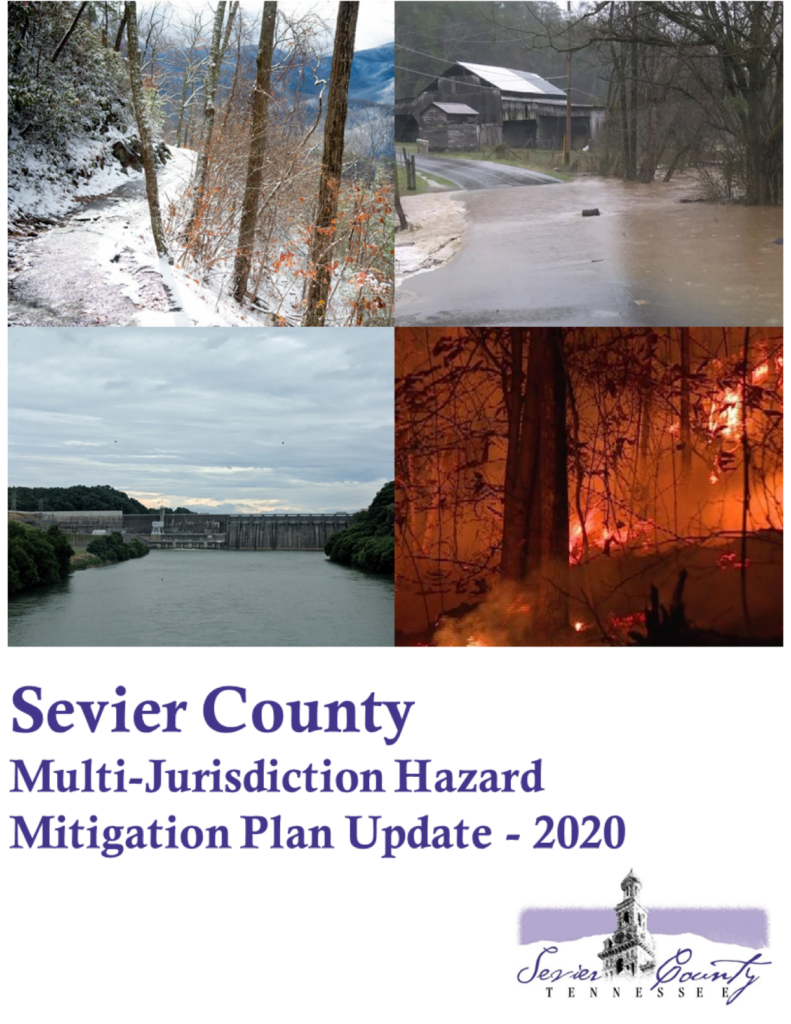
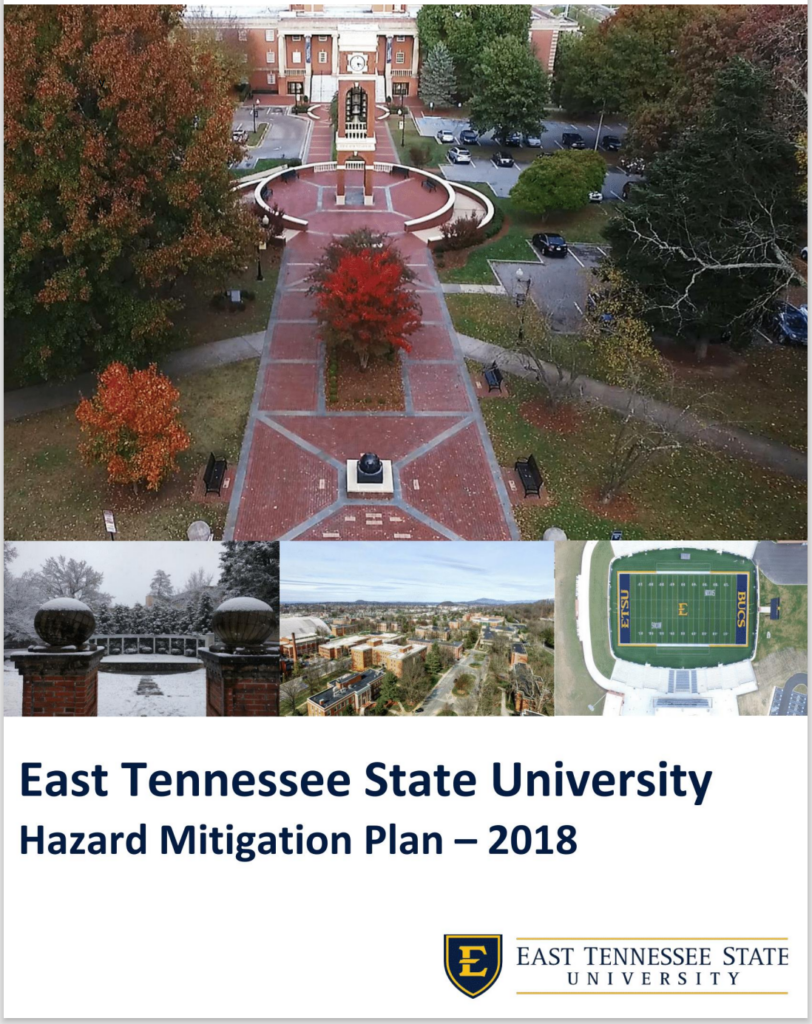
The East Tennessee State University Hazard Mitigation Plan was developed through the Department of Geosciences by the Geoinformatics and Disaster Science (GADS) Lab where Dr. Harris served as the Lab Coordinator. The three-year, $175,000 Federal Emergency Management Agency (FEMA) Pre-Disaster Grant Program funded project resulted in the first ever mitigation plan for East Tennessee State University. Additionally, this project led to the development of the ETSU Open Data Hub which allowed for the organizing, storing, and sharing of all campus GIS data.
The Tufts University Multi-Campus Hazard Mitigation Plan and the 2017 Threat and Hazard Identification and Risk Assessment (THIRA) were the first projects Dr. Harris completed as the Lab Coordinator for GADS at ETSU. The Tufts University Multi-Campus Hazard Mitigation Plan meets Emergency Management Accreditation Program (EMAP) standards and was approved by FEMA (Region I) in July 2018 helping Tufts University become the first program of a private institution of higher education to be accredited by EMAP.
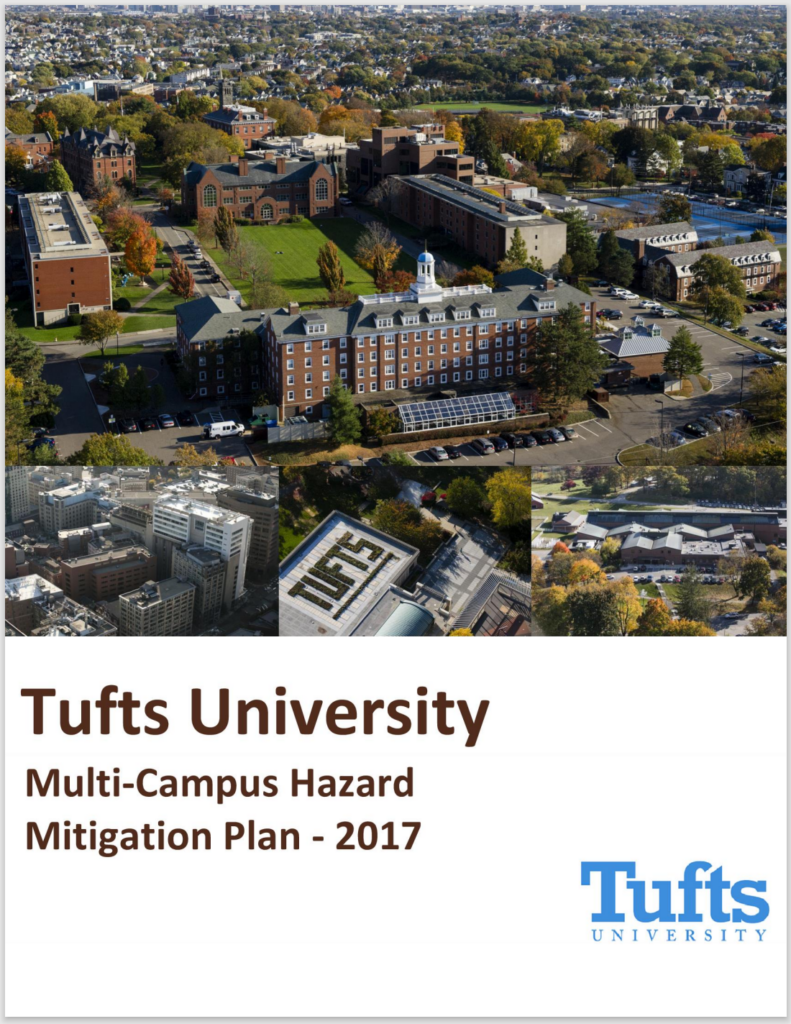
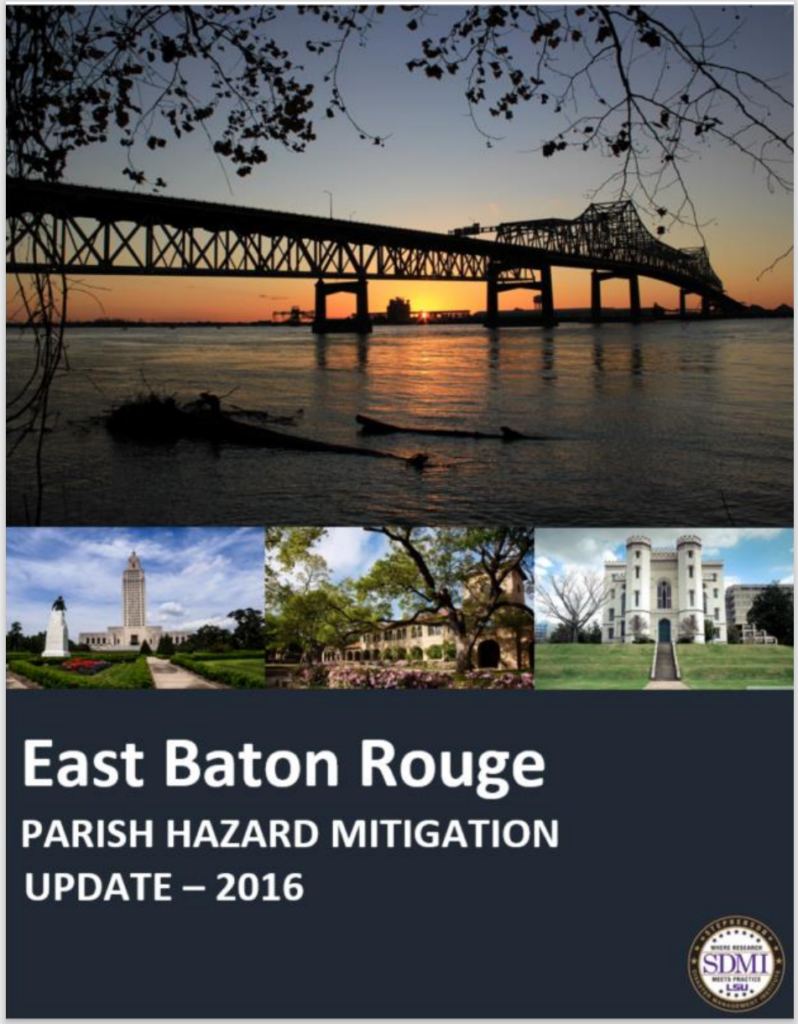
The Stephenson Disaster Management Institute (SDMI) at Louisiana State University (LSU) assisted the state and parishes of Louisiana in updating the required FEMA hazard mitigation plan updates which enabled parishes to become eligible for hazard mitigation funding in the wake of federally declared disasters. SDMI completed plan updates for 56 of the 64 parishes in the state of Louisiana. Dr. Harris, then a PhD student and graduate research assistant, served as the lead technical writer and GIS analyst for the project . After graduation, Dr. Harris continued to work on the project as a hazard mitigation analyst.